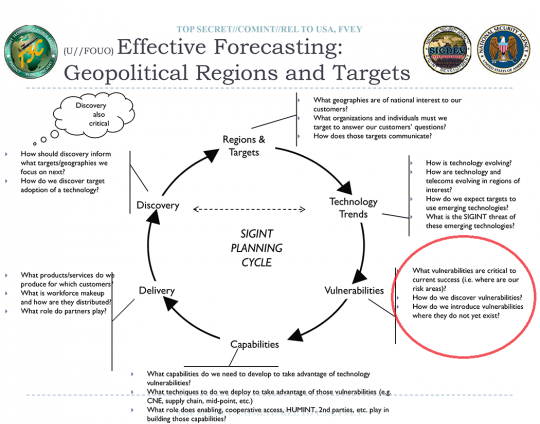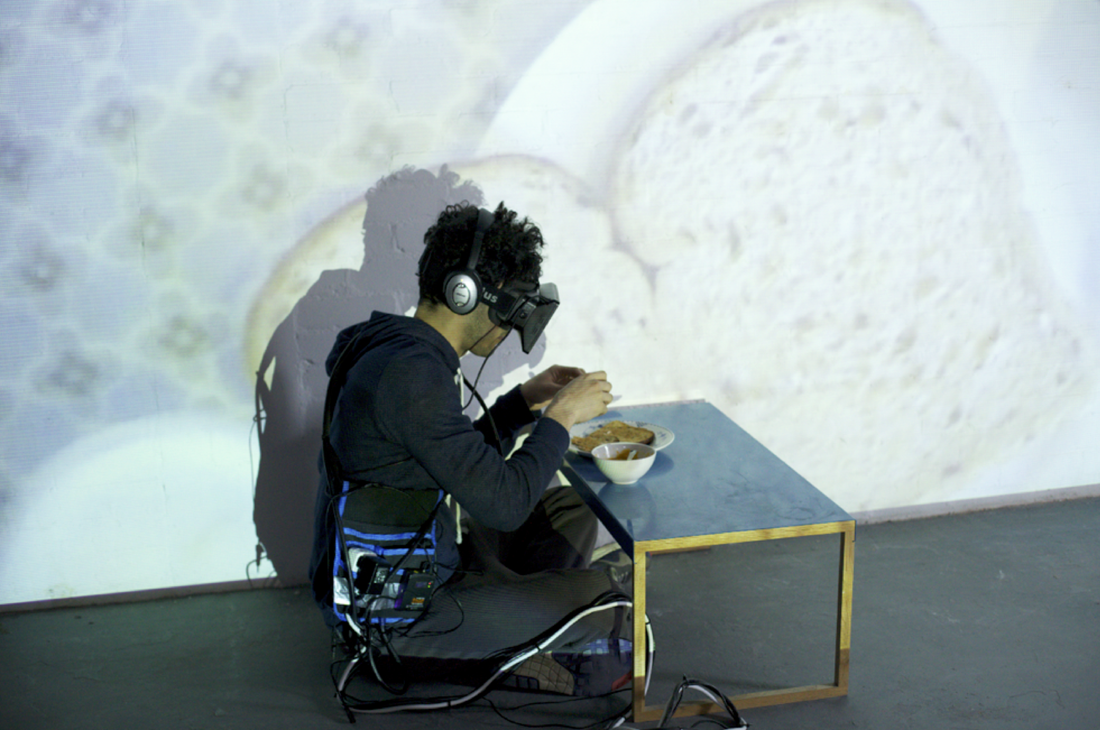OPERATION AURORAGOLD
In March 2011, two weeks before the Western intervention in Libya, a secret message was delivered to the National Security Agency. An intelligence unit within the U.S. military’s Africa Command needed help to hack into Libya’s cellphone networks and monitor text messages. For the NSA, the task was easy. The agency had already obtained technical information about the cellphone carriers’ internal systems by spying on documents sent among company employees, and these details would provide the perfect blueprint to help the military break into the networks. The NSA’s assistance in the Libya operation, however, was not an isolated case. It was part of a much larger surveillance program—global in its scope and ramifications—targeted not just at hostile countries.




